18+ Sample Personal Leadership Development Plan
-
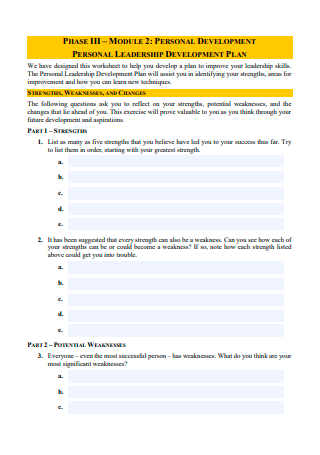
Personal Leadership Development Plan Template
download now -

Basic Personal Leadership Development Plan
download now -
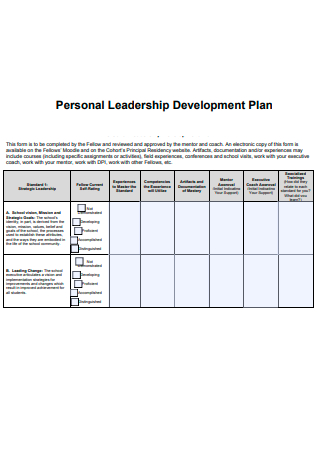
Personal Leadership Development Plan Example
download now -
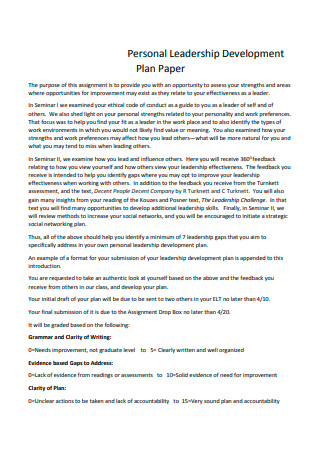
Personal Leadership Development Plan Paper
download now -
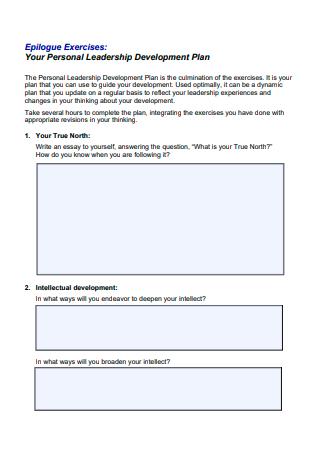
Formal Personal Leadership Development Plan
download now -
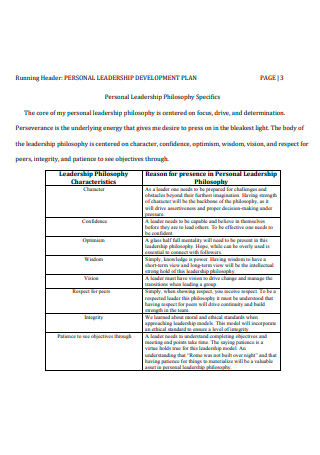
Standard Personal Leadership Development Plan
download now -
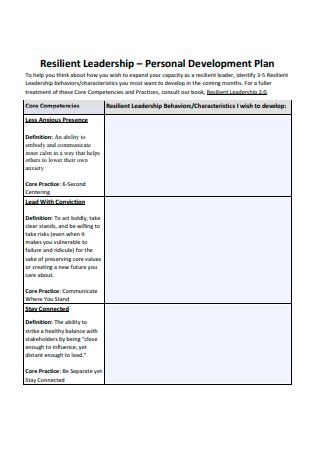
Resilient Leadership Personal Development Plan
download now -
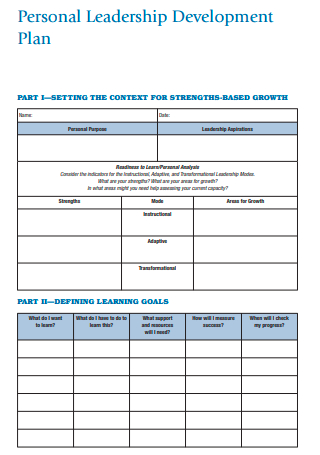
Personal Leadership Development Plan Format
download now -
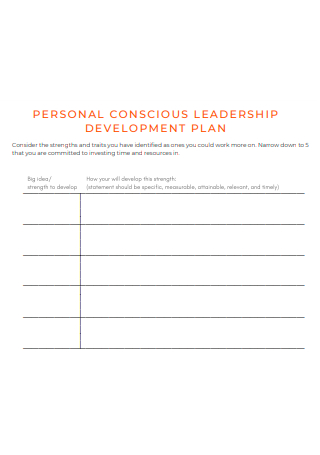
Personal Conscious Leadership Development Plan
download now -

Personal Leadership Development Plan in PDF
download now -
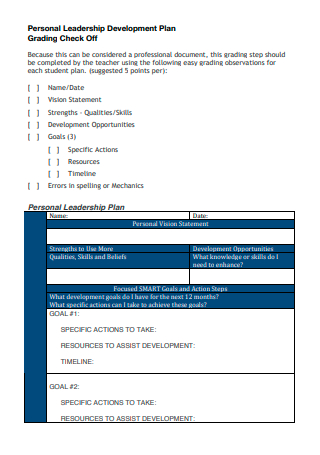
Personal Leadership Development Plan Grading Check Off
download now -
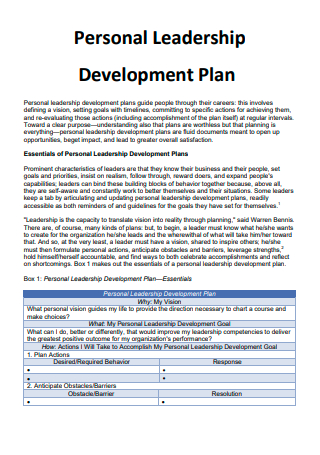
Printable Personal Leadership Development Plan
download now -
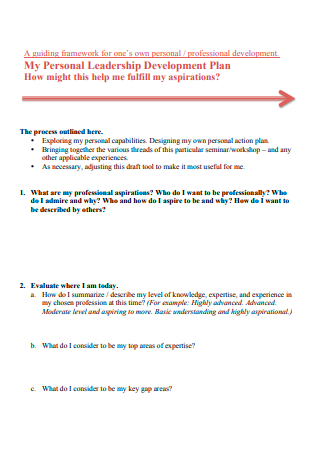
Simple Personal Leadership Development Plan
download now -
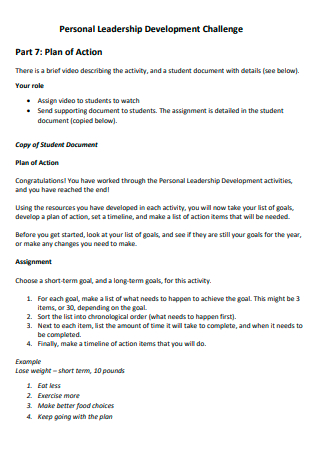
Personal Leadership Development Challenge Plan
download now -
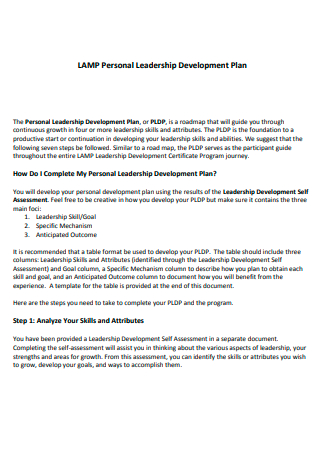
Draft Personal Leadership Development Plan
download now -

Sample Personal Leadership Development Plan
download now -
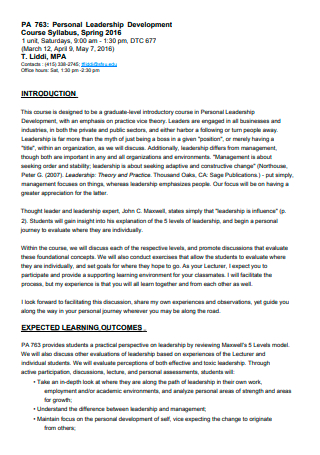
Personal Leadership Development Course Plan
download now -
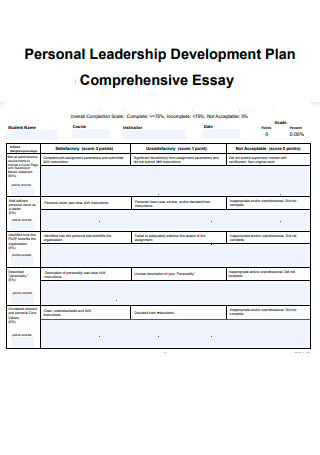
Personal Leadership Development Plan Comprehensive Essay
download now -

Personal Leadership Development Plan in DOC
download now
FREE Personal Leadership Development Plan s to Download
18+ Sample Personal Leadership Development Plan
What Is a Personal Leadership Development Plan?
Tips for Creating a Personal Leadership Development Plan
Ways to Improve Your Leadership Ability
How to Create a Personal Leadership Development Plan
FAQs
How do you write a personal leadership development plan?
What should a leadership development plan include?
What do you write in a personal development plan?
What Is a Personal Leadership Development Plan?
A personal leadership development plan is a comprehensive plan that maps out an individual’s objective and subjective strategies to assess and improve his or her leadership capabilities. Aside from strategies and action plans, the development plan may also consist of personal vision statements and leadership goals.
According to an online article published by Harvard Business School Online, a study showed that 57% of HR professionals and executives believed that grooming their present and future leadership was a top priority in 2020. Further, skills such as leadership and social influence were among the top and most in-demand workplace skills through 2022.
Tips for Creating a Personal Leadership Development Plan
Creating a personal leadership development plan can take a lot of introspection. Since it is personal, you do not need to worry about making it too technical or excessively formal. Here are some tips on how you can make the most out of your personal leadership development plan:
Ways to Improve Your Leadership Ability
No one is really ‘born’ a leader. Although people may have innate traits within them that would make them potentially great leaders, it is only through the right training and education that they are molded into better leaders. There are several ways you can refine and improve your leadership capabilities. The following examples below are some ways you can achieve that.
How to Create a Personal Leadership Development Plan
Since it is a personal project, you are free to format your personal leadership development plan in the way you deem fit. You can also use an existing template if you prefer not to start from scratch. With a ready-made template from above, you can save more time and energy. Once you have selected a template of your choice, keep in mind the following steps:
Step 1: Open with a Vision Statement
A personal leadership development plan should be a plan that you can deeply resonate with. It all begins with you and what your vision is for yourself and for your leadership journey. What is your definition of a leader? What do you envision yourself doing as a leader in your chosen field? What do you project in the next 3 or 5 years in your leadership journey? It is important to start with an encouraging vision that you set for yourself. It does not need to be a complex statement, a brief and straightforward statement should suffice. You are free to also incorporate a mission statement within your vision. Again, you should not feel limited by any rules.
Step 2: Set Your Leadership Objectives
Once you have established a clear vision statement, you need to follow it up with a list of your personal leadership objectives. What are the goals you want to accomplish in your role as a leader? What outcomes do you want to achieve over the course of your leadership journey. Having clear objectives can help you keep your focus when you encounter obstacles and distractions along the way. When you have clear-cut goals, you are reminded of the why and purpose of your development plan. Your objectives do not need to be extensive, a couple of bullet points or paragraphs should do.
Step 3: Outline the Action Plan
After establishing the what and why of your personal leadership development plan, the next step is confronting the how. How do you plan to accomplish the leadership objectives you set for yourself? What strategies can you commit to that will allow you to nurture your leadership abilities? What concrete actions can you take to become a better leader? You need to be able to determine and discuss the ways and means that will put you on the path toward improvement and progress. Lastly, you also need to come up with a rubric or way of measuring your success or progress in relation to your leadership goals.
Step 4: Provide a Timeline
Another important section that must be integrated in your personal leadership development plan is a timeline. Any action plan needs deadlines or target dates in order to promote efficiency and urgency. Although, make sure your timeline is reasonable enough for all your goals to be accomplished. You want to avoid scheduling tight deadlines purely for the sake of having deadlines. A personal leadership development plan should aim for long-term goals, not only short-term rewards.
FAQs
How do you write a personal leadership development plan?
To write a personal leadership development plan, you first need to set a vision for yourself. Create a vision statement, establish your personal leadership objectives, map out your action plan, and set a timeline to meet your goals.
What should a leadership development plan include?
According to an article published by Northeastern University, the main elements of a personal leadership development plan are core skills, experience gaps, new relationships, specific tasks, key action items and critical indicators of success.
What do you write in a personal development plan?
To create your own personal development plan, you need to invest the time and energy into setting clear goals and assessing honestly your individual strengths, weaknesses, opportunities and threats. Doing a personal SWOT analysis can greatly help you map out what you need to do in order to improve.
A personal leadership development plan is more than just finding the right SMART goal or using the right strategies. Yes, they are important components but your plan should also reflect you as an individual and your role as a leader. It should reflect your core values and your commitments as a leader. Browse the sample templates above and create your own personal leadership development plan now!
